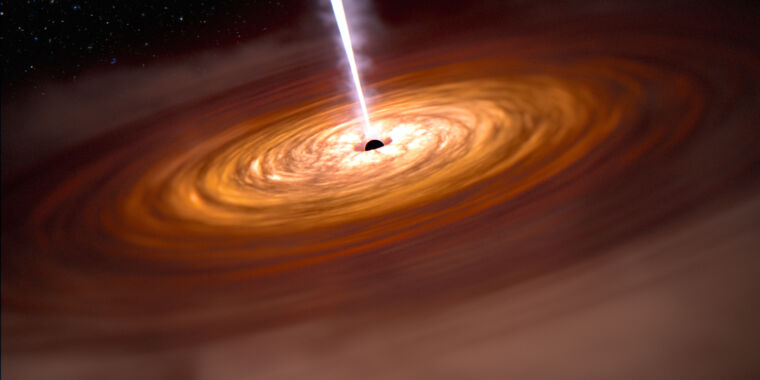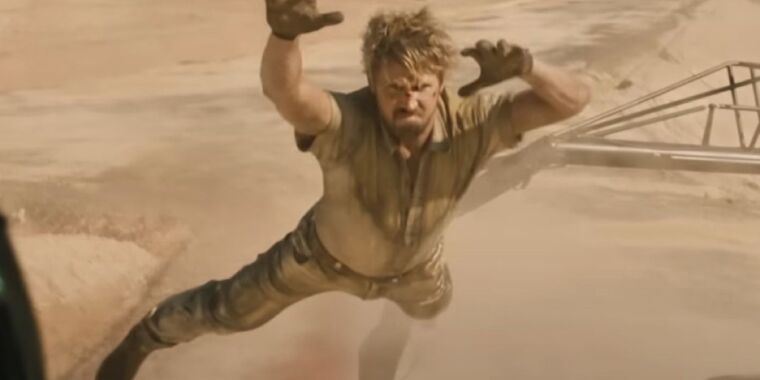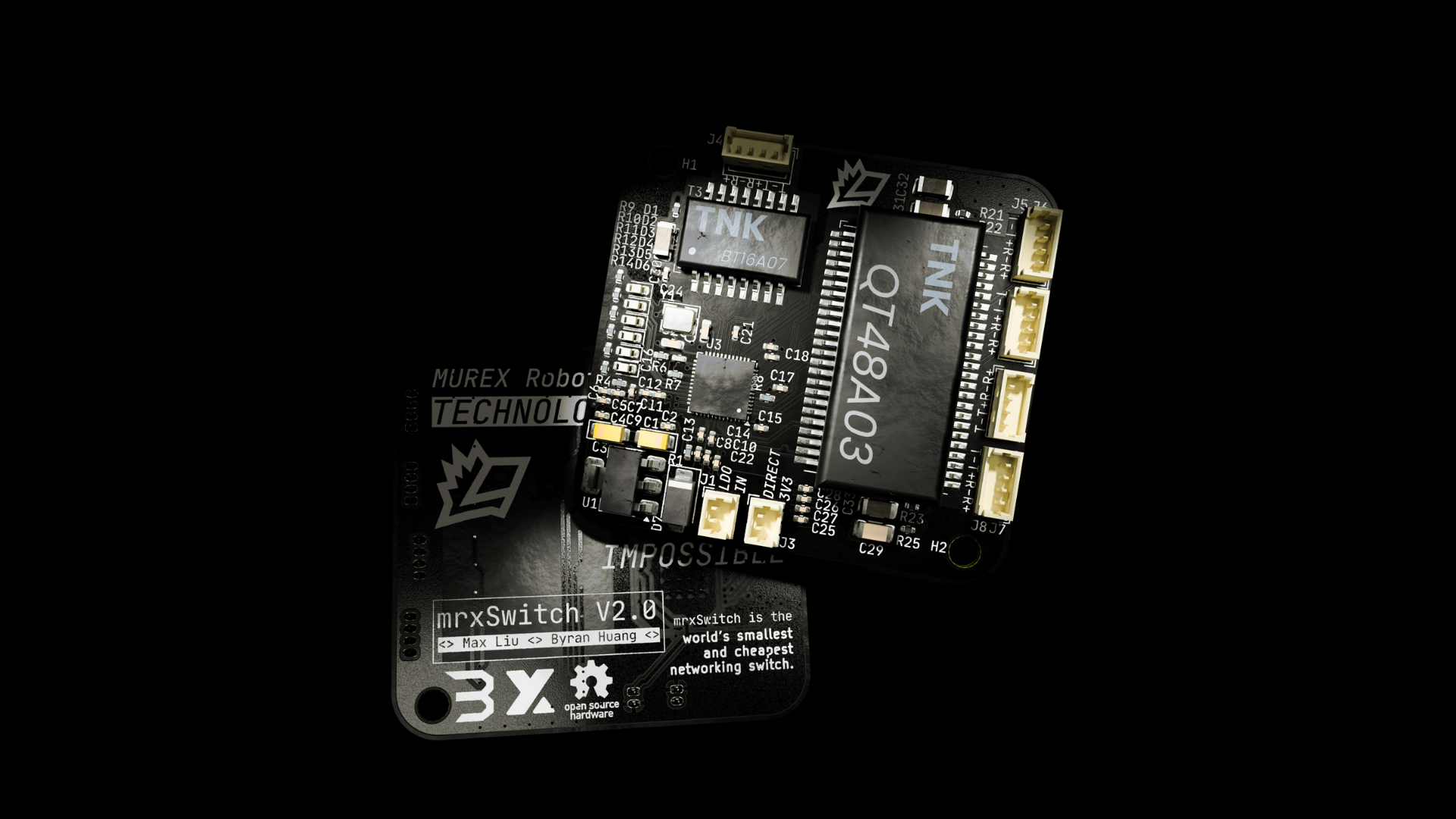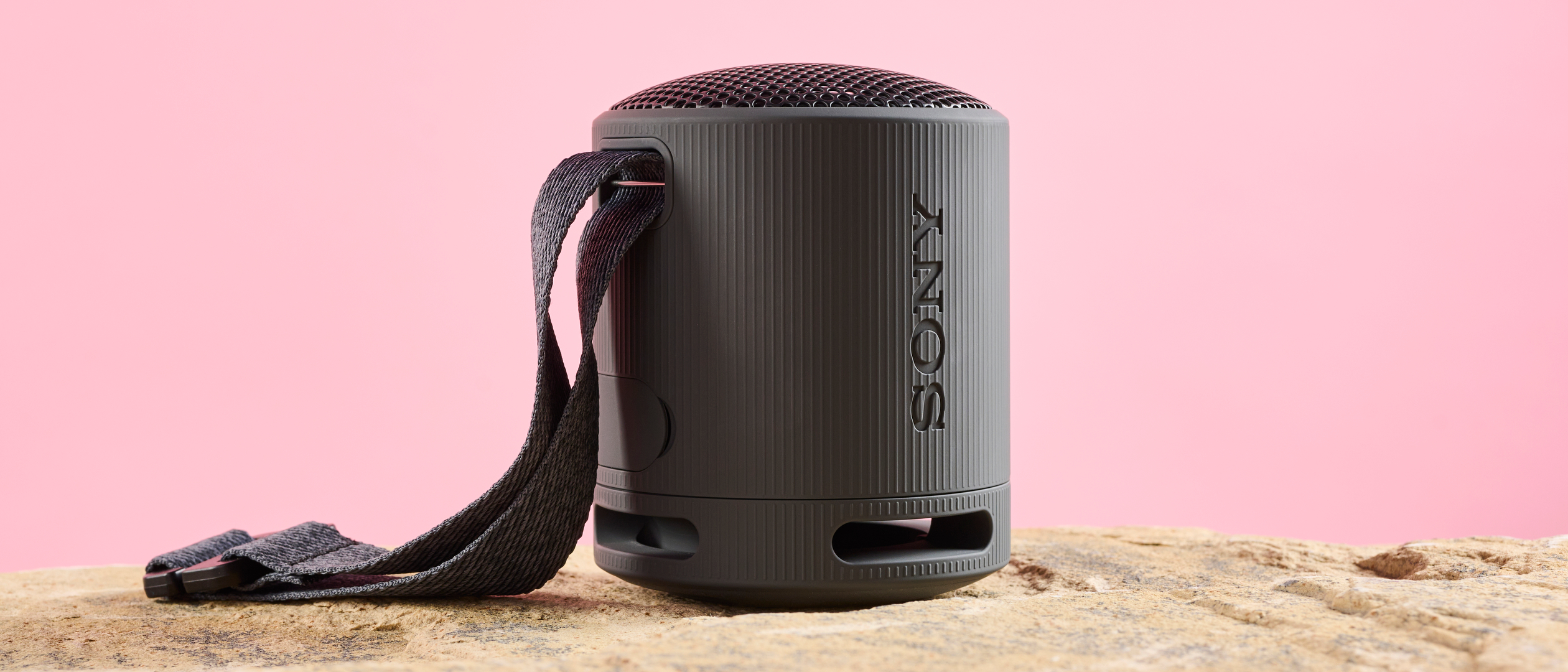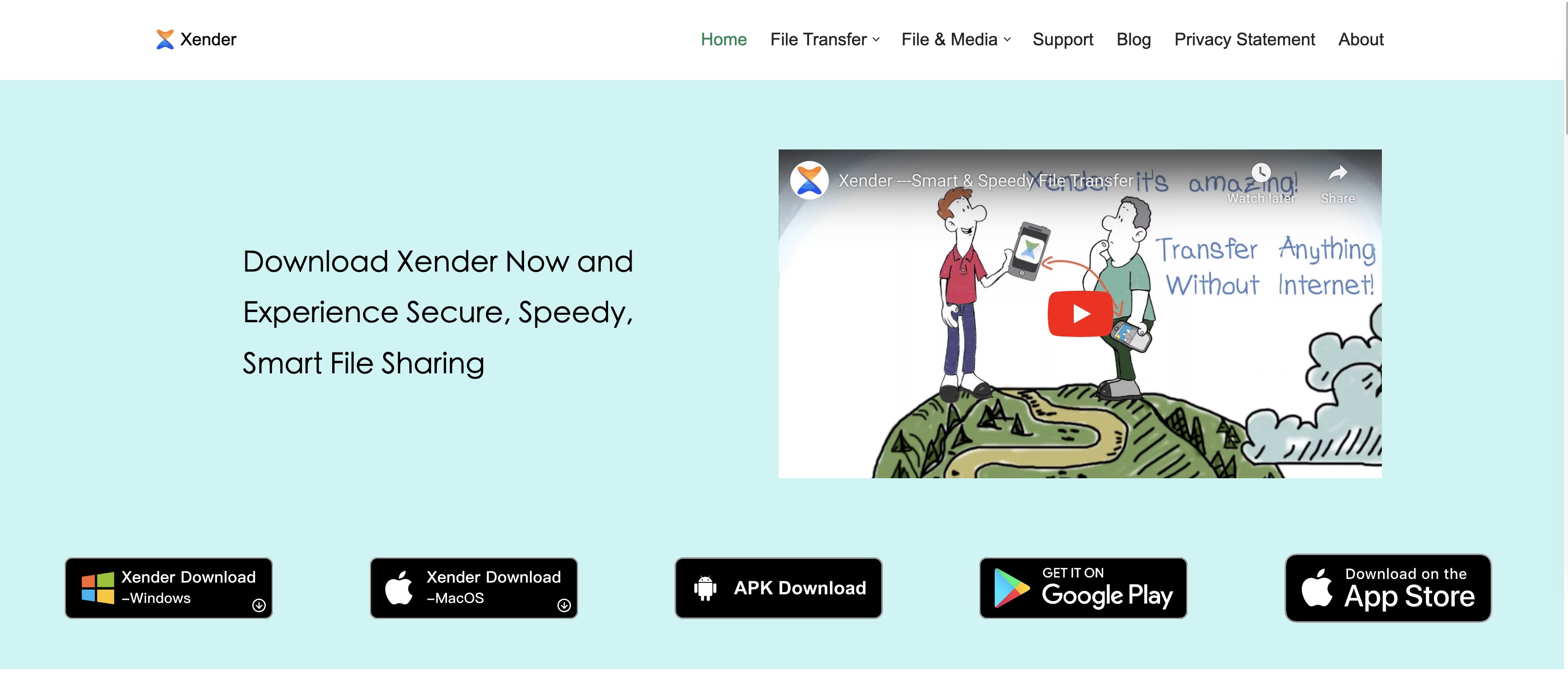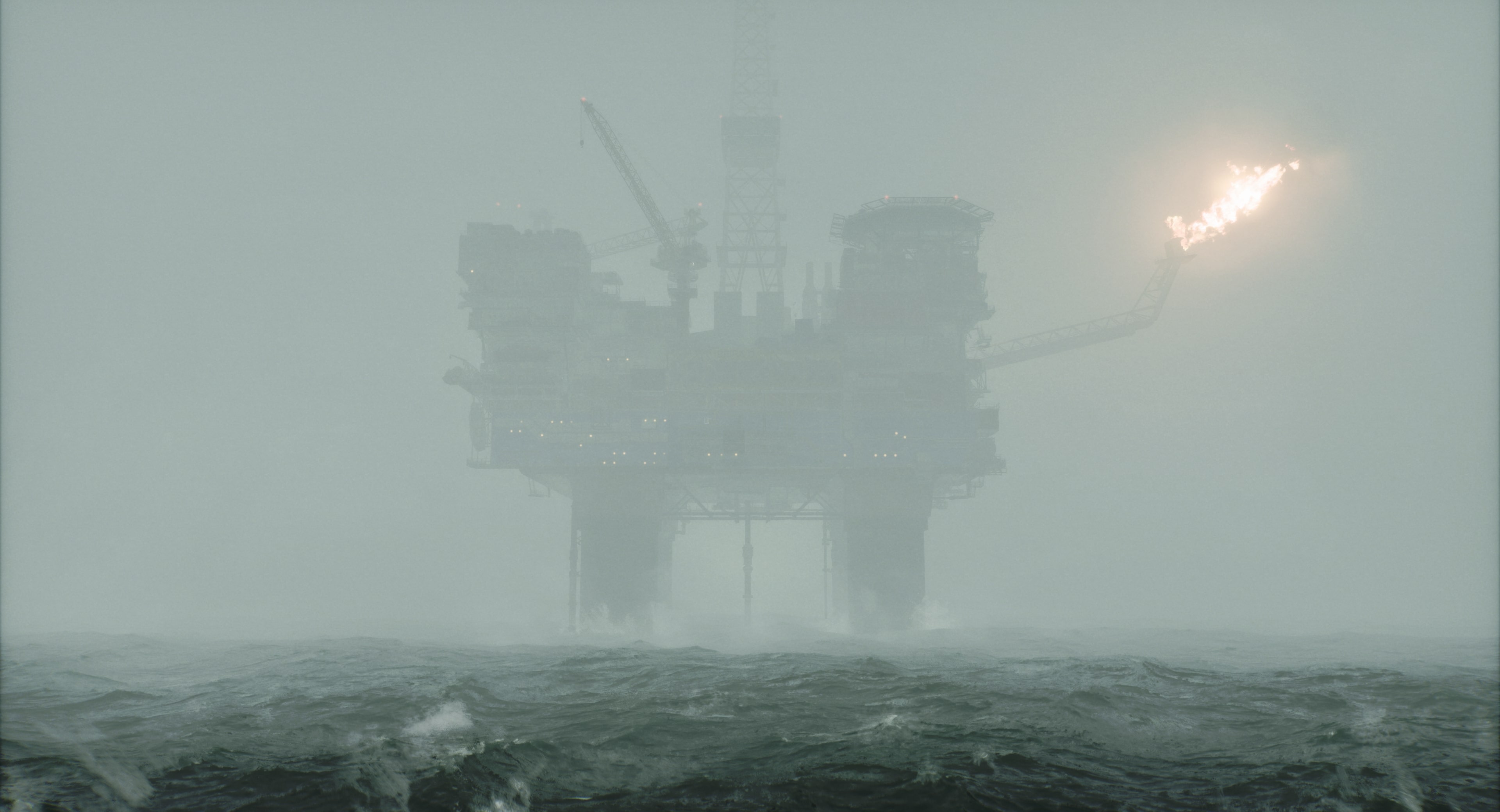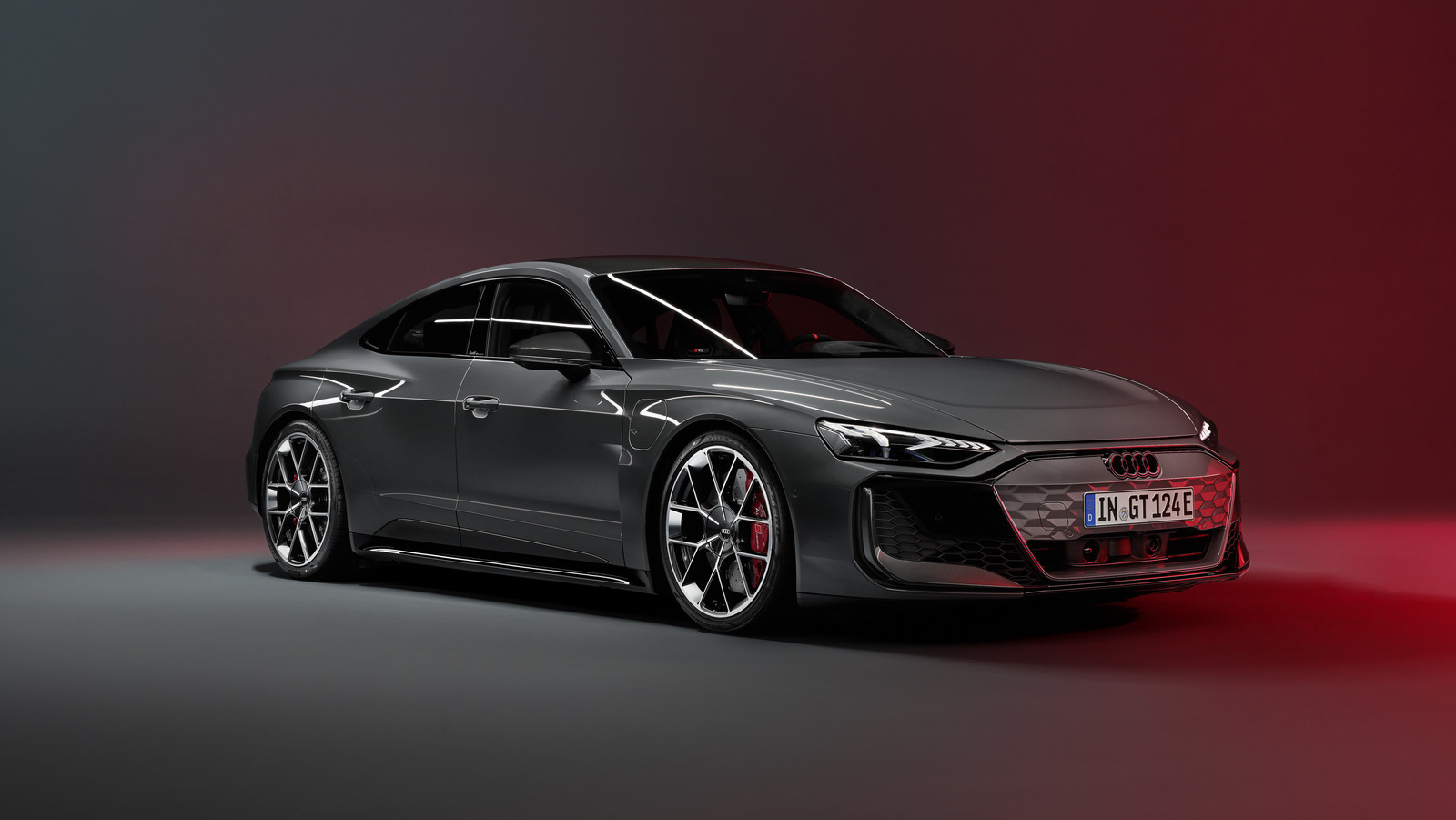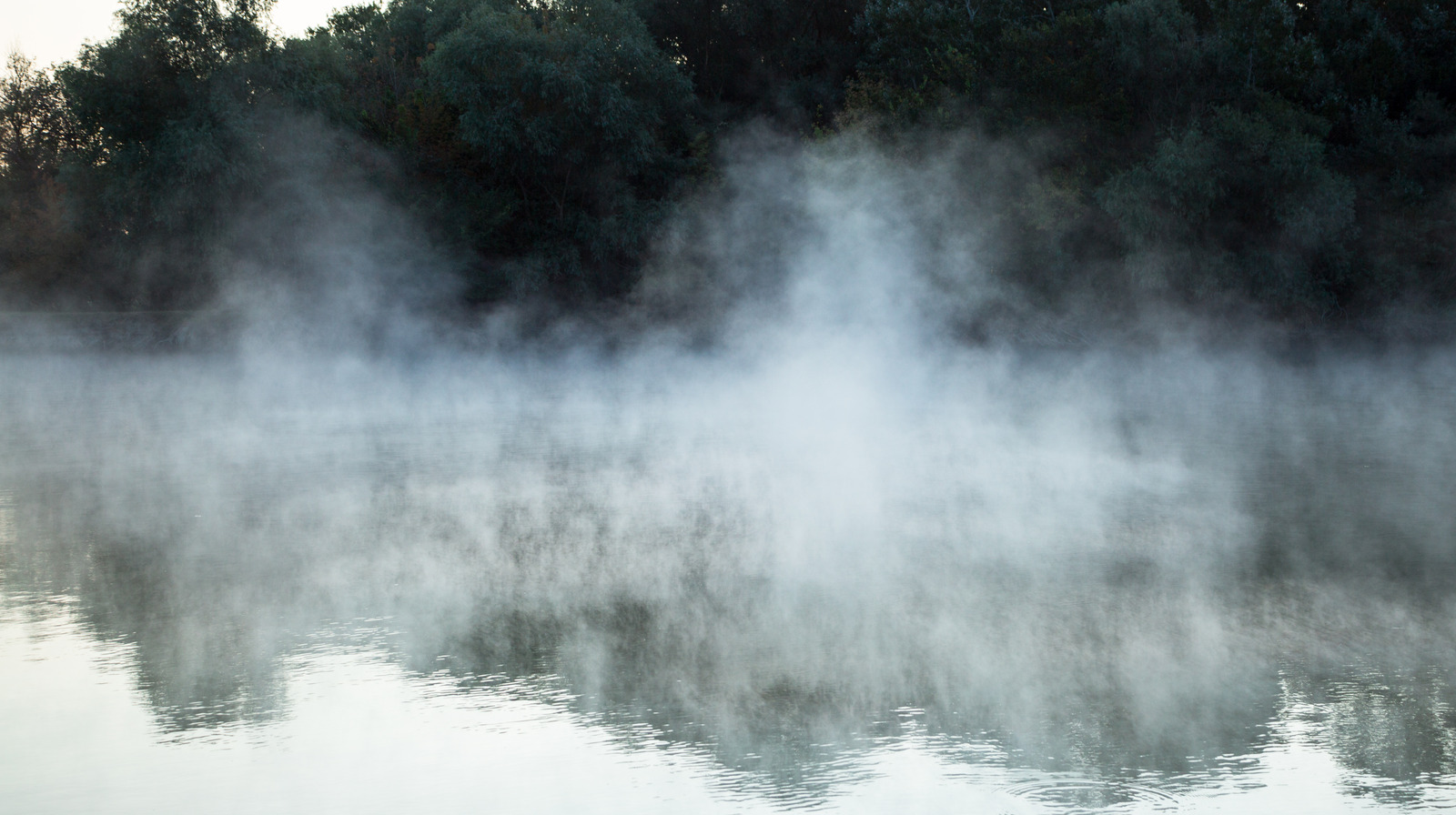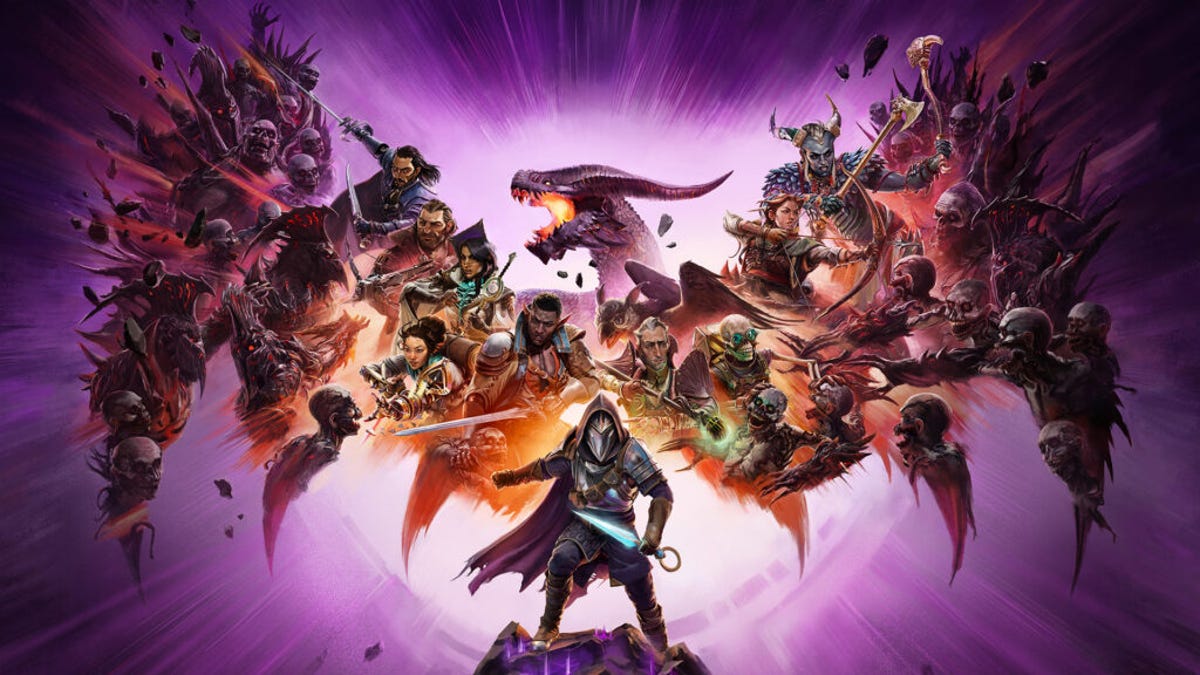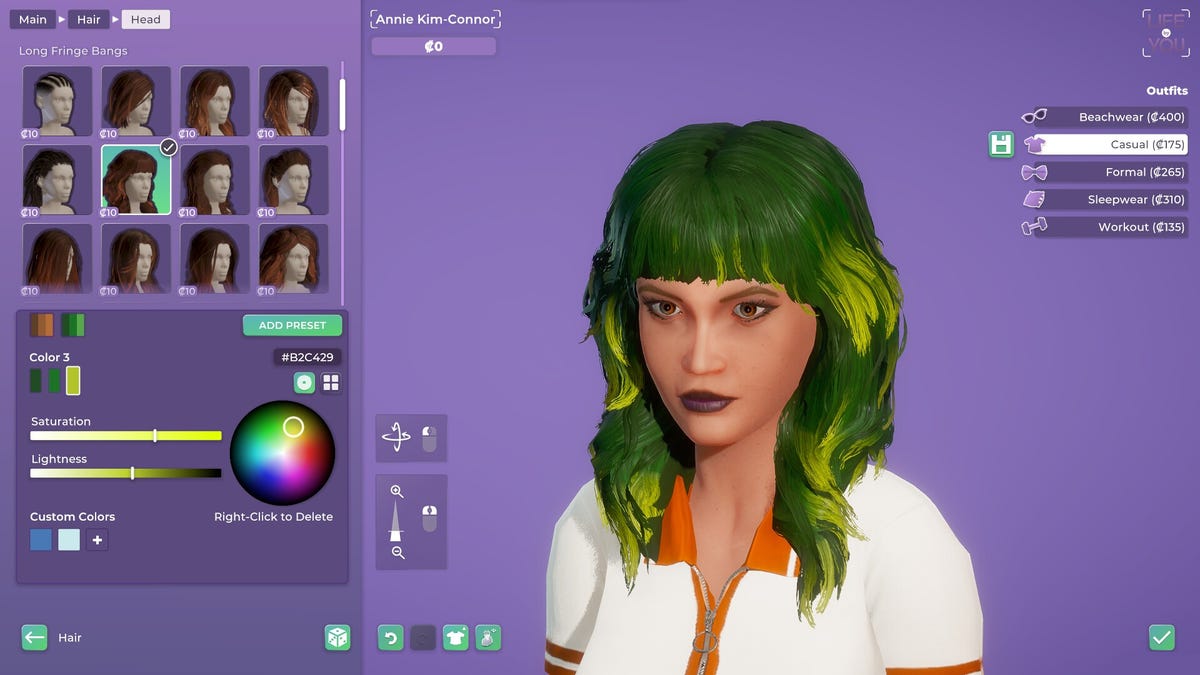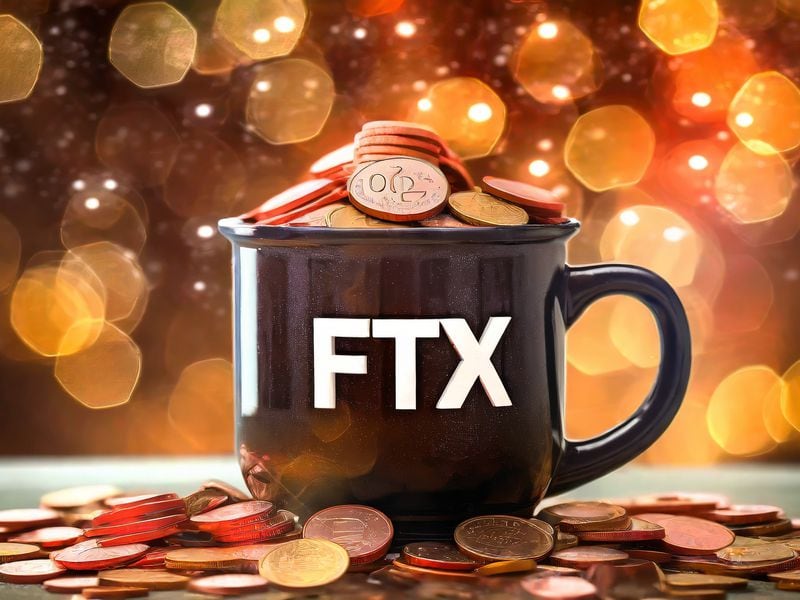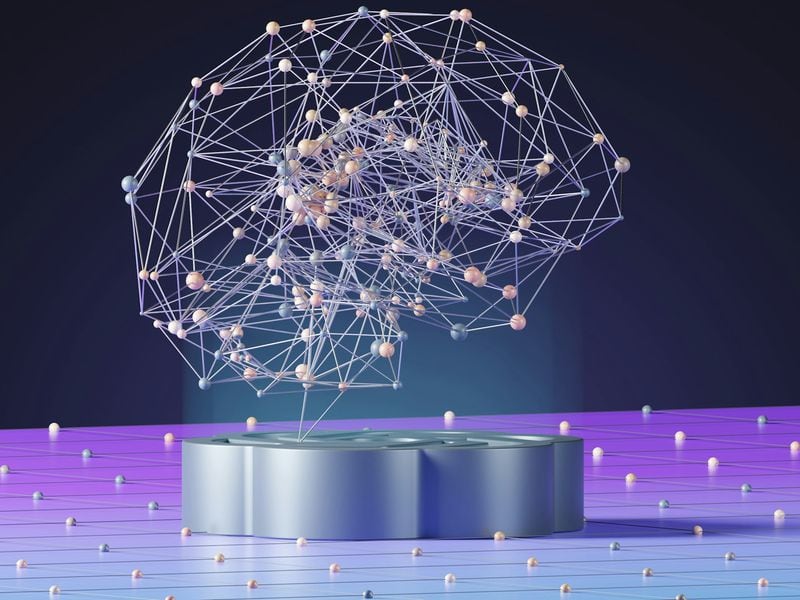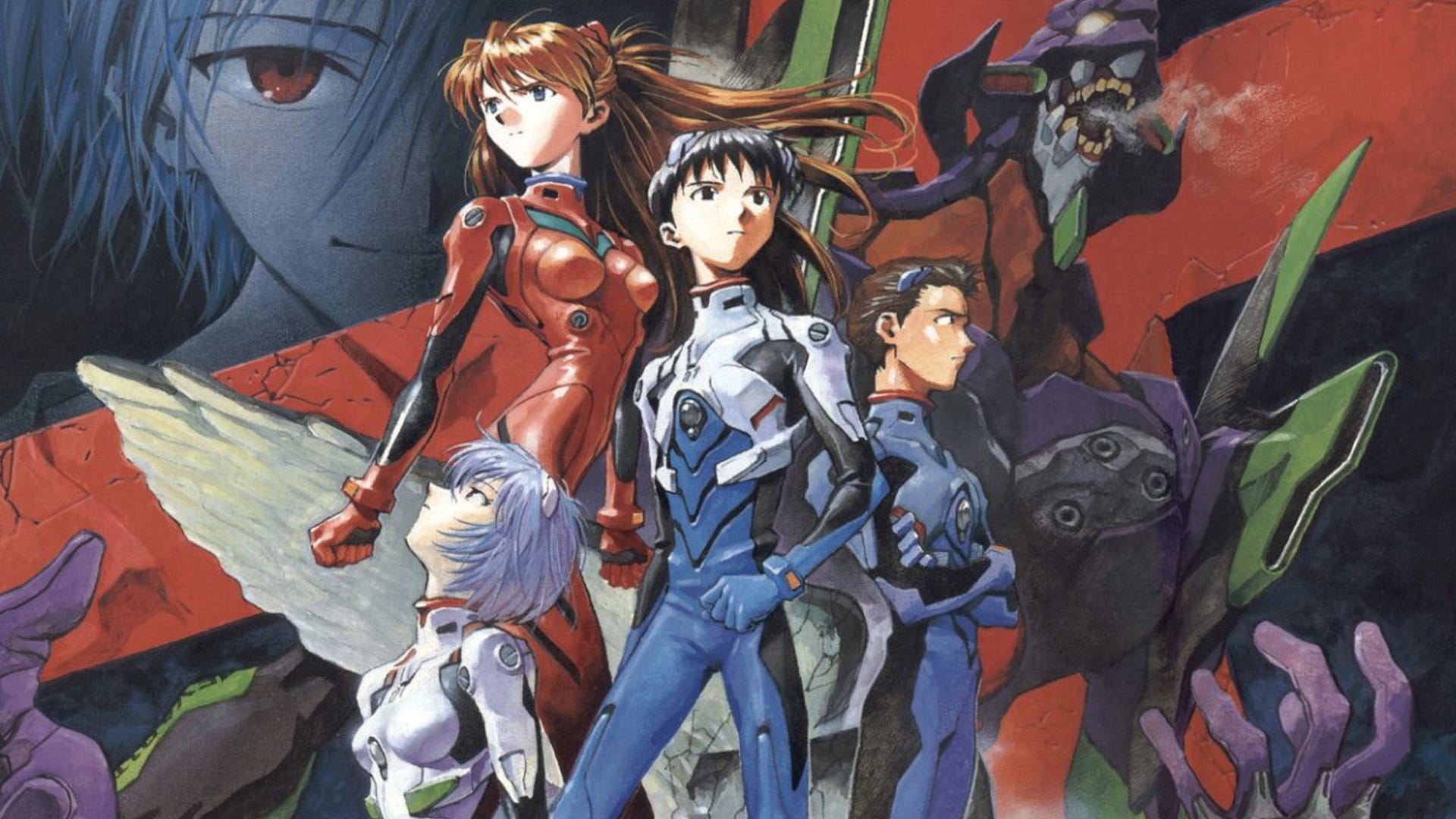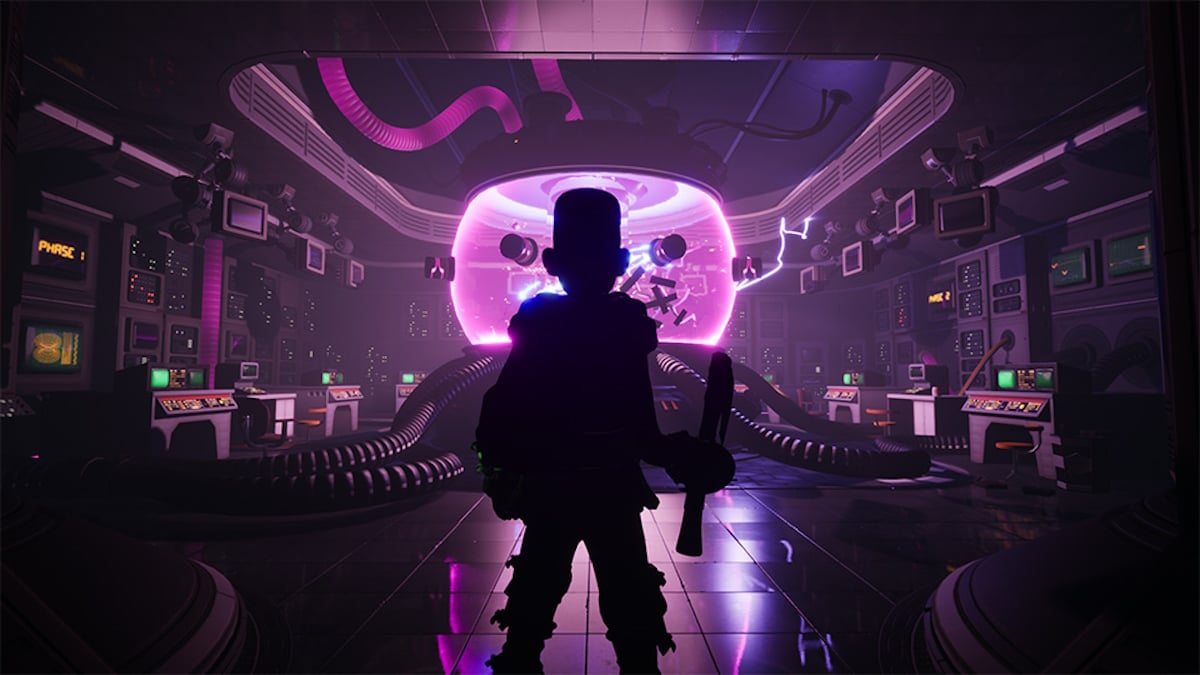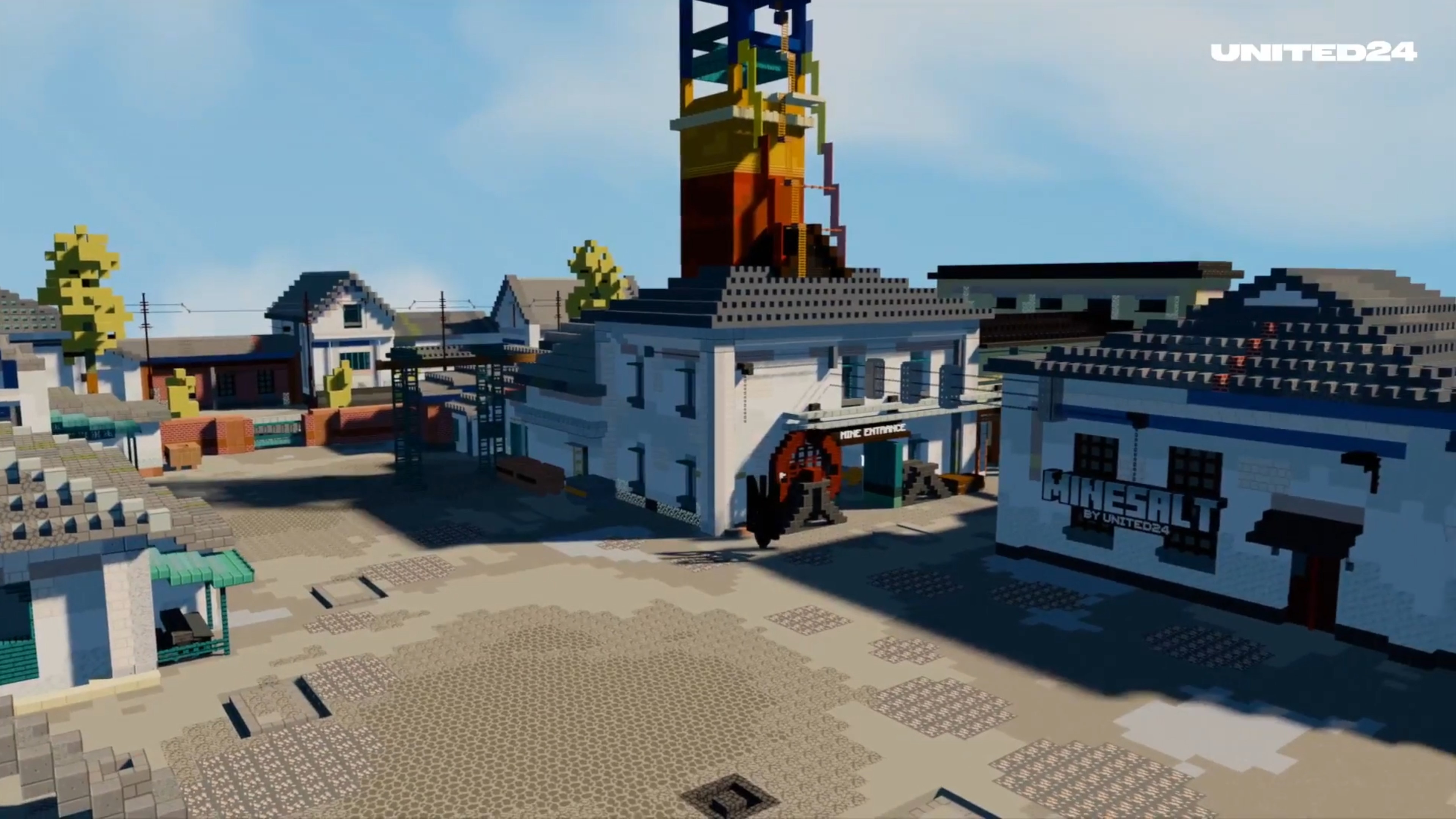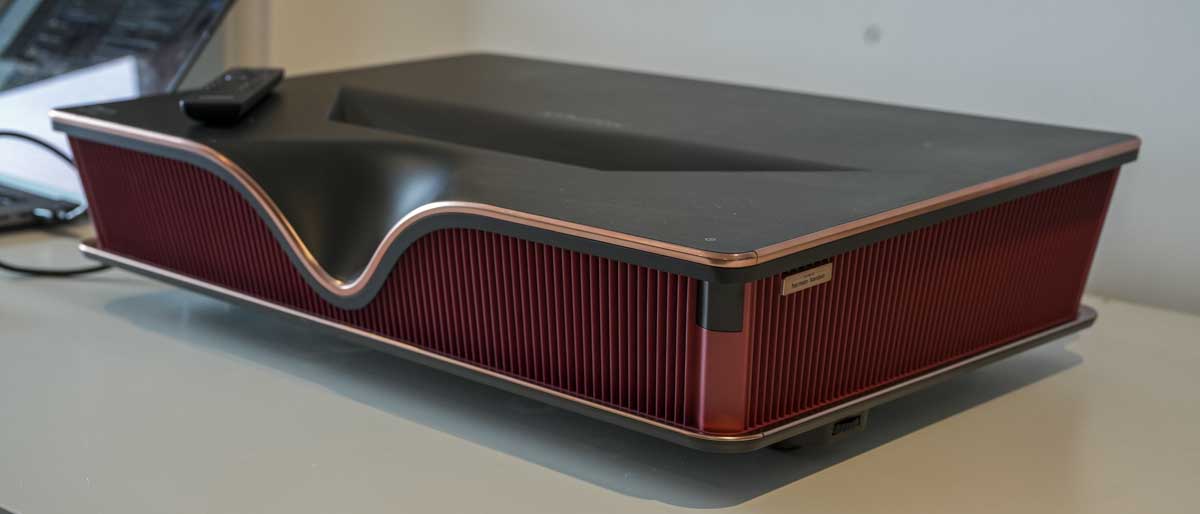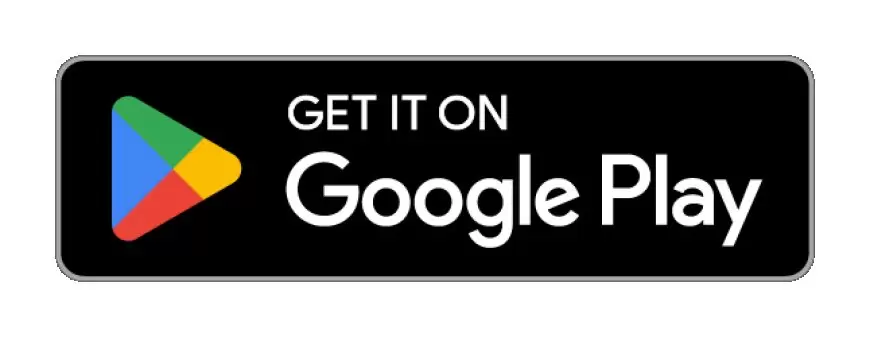Star Wars: Hunters Review
Like a party at the Death Star: Fun for a bit, but probably not a place you’ll want to hang around for long.

What matters most to any given shooter can vary wildly. Sometimes it’s the hardcore tactical play of games like Hell Let Loose, or the careful competitive balance in options like Counter-Strike. Other times it’s the rich world and lovable characters that help Overwatch shine. For Star Wars: Hunters, the main focus seems to be on having some quick, lighthearted fun in the Star Wars universe. This free-to-play hero shooter from developer Zynga is an enjoyable way to pass the time with friends, but a subpar competitive scene and uninspired progression rewards leave it too shallow to hold my interest for the long haul.
Star Wars: Hunters doesn’t have the over-the-top destructibility of The Finals, nor the high speed parkour of Apex Legends – it's a much more conventional hero shooter in the vein of Team Fortress 2, where two teams of bespoke characters (in this case called Hunters) participate in pure player-versus-player shootouts. The most notable way it sets itself apart from other shooters is its Star Wars coat of paint, which it puts to good use. Classic Star Wars music is equal parts nostalgic and exciting, while familiar locations like an Ewok Village or Imperial Starship do a great job of placing the action a long time ago in a galaxy far, far away, especially when the blaster bolts start flying and the Wookies start howling.
It feels like the philosophy behind the character designs and writing was “just have fun with it.” For example, one of my favorite heroes is Utooni, who is literally just two Jawa’s in a trenchcoat. Another is J-3DI, a droid simulating the combat style of a Jedi by wielding a lightsaber and using a grappling hook to faux force pull enemies closer. Even the play-by-play announcers contribute to that lighthearted Star Wars vibe – one hilarious bit of commentary talks about the action being sponsored by a new TV series on remembering Alderaan, but makes sure to remind any comedians watching at home that it is always too soon for Alderean jokes.
There are 13 playable characters at launch, with a good mix of unique personalities and abilities across them. Imara Vex, for instance, is a classic Star Wars bounty hunter with skills that focus on mobility and firepower, while Grozz is a massive club-wielding Wookie that lacks range but has an enormous amount of health. That variety of weapons and powers is effective at making each character unique in how they play, which also makes it exciting to swap between them and learn their differences.
Matches, on the other hand, are pretty simple and straightforward, though still enjoyable overall. There are four game types, including a simple team deathmatch option called Squad Battle and a basic point-capture mode called Power Control, and they will all be very familiar to anyone who has played a PvP shooter before. Matches are short, roughly five minutes each, which makes sense since Hunters is only currently available on Nintendo Switch and mobile devices – but that also means they rarely have room for a lot of back and forth swings or come from behind drama. You can still be strategic and do things like hide healers behind tankier units, but there simply isn’t a lot of time for counter-strategies to play out. This is speed checkers, not chess.
That may sound overly simplistic, but Hunters manages to be a lot of fun by still having nuance where it counts. Each character generally falls into a Tank, Damage, or Support archetype – they are more effective when used in their assigned roles, but anyone can start blasting (or smashing) and knock out some opponents. That strikes a great middle ground of being balanced enough that skilled play will win most fights, but loose enough with abilities and supers that anyone can rack up kills in quick bursts of chaos.
Playing enough casual matches will eventually unlock a Ranked playlist. This features all the same maps and game modes, but with a sweatier emphasis on winning, as the results now determine whether you move up or down the rankings from Bronzium to Kyber tiers). Unfortunately, this tends to funnel competitive teams toward some specific team compositions, as tightly grouped, tank-heavy squads currently dominate the battlefield. Sentinel in particular, with his shield, heavy repeater, and ability to knock enemies off of their feet, is almost mandatory, for example. Having to choose between the joy of wielding a lightsaber and having a realistic shot at beating a good team is a shame.
At least either option is more fun with a full squad of buddies – I just wish the Social menu, where you find friends and create teams, wasn’t locked until you’ve completed three tutorial matches and eight real games after that. “Sorry this is proving to be a pain” is an unfortunate thing to have to say when you are trying to play some quick rounds with a friend who is just starting out. It’s an unfortunate barrier, because once you can play with friends, it is a joy to do so. I appreciate how simple it is to form squads (you know, once it lets you at all), and it's a hilarious good time to shout at your tank friend to stand still so you can shoot him full of health-restoring needles during a chaotic battle.
Because Hunters is free-to-play, as is often the case, it has a mix of free and premium currencies that dictate a lot of the progress you’ll make towards unlockables and vanity items. New characters are unlocked using Crystals, which are earned in small amounts after each match, but you can (of course) expedite the process by buying them outright for real money. In the early going, new Hunters become available at a reasonable clip, but it does slow down with each one you purchase. By the time you unlock half the roster, it slows to a painful crawl. I understand the value of giving players something to strive toward, but at a certain point it starts to feel more coercive than aspirational, which is a problem.
Meanwhile, Credits are used on cosmetic items and are exclusively free, earned by playing matches and completing additional challenges. I appreciate the way your list of challenges is constantly being pecked away at in the background, giving me some added incentive to mix up who I played as since many of them focus on dealing damage with specific characters. But it’s too bad there are so few things you can actually buy with Credits. It’s normal to see dozens of items for sale on the front page of the shop, with only a few that can be purchased with Credits as opposed to Crystals, which makes them a bit pointless in practice.
In terms of XP, it comes in two forms. First, there’s Fame, which applies to specific Hunters. Like Credits, playing matches and checking off challenges adds Fame to a specific character, and every level up brings with it a reward. Some are purely cosmetic, like weapon skins and stickers. Others upgrade skills in small but meaningful ways: When Diago the Sharpshooter hits Fame level 2, for example, the damage to his proximity mines increases. The amount is small enough to not make higher level characters outright overpowered, but still substantial enough that leveling up feels exciting. It’s a good mix, and having a path for each Hunter to climb feels like a solid overall goal to work on for the short term, but the unremarkable weapons skins and stickers aren’t nearly as interesting.
Lastly, there’s the Arena Pass, a straightforward battle pass that rewards Credits, Crystals, and cosmetic items. Unfortunately, the rewards just aren’t very appealing. Turning my gun a different color isn’t exciting, and the amount of Crystals you get are too little to make a dent in the costs to expedite unlocking new characters. Annoyingly, most levels won’t even get you anything unless you pay around $10 USD for the All-Access pass. This is also how you unlock Aran Tal, a damage focused Mandalorian Hunter that is exclusive to All-Access pass holders. It’s another area where Star Wars: Hunters straddles the line between persuasive and problematic monetization.
At least it’s not a terribly complicated progression economy, but it can sometimes feel like it thanks to a really rough interface between matches. The home screen is jarringly overloaded, with far too many windows, tabs, and submenus. Claiming rewards for progress can happen in several different places, often in menus within menus within menus. It’s especially tough because the UI only subtly highlights whatever you have selected, which can make it hard to see what you’re actually about to click.

